What is OH technology for?
OH technology is highly versatile and enables both air and surfaces across all sectors to be purified and disinfected effectively. Given the larger operational area of this technology, it has four main uses:
- Virus removal:
OH technology has been tested on several viruses with different characteristics (morphology, involvement, etc.) and in different environments (wet and dry).
Some of the best-known examples are: Respiratory Syncytial Virus (RSV), Rotavirus or Coxsackievirus (hand-foot-and-mouth)
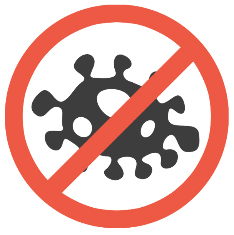
The results obtained from testing OH technology on non-enveloped viruses indicate that it is much less effective in wet conditions than in dry environments, whilst when dealing with enveloped viruses, humidity favours the advanced oxidation process and therefore, these viruses are eliminated more effectively in wet conditions as opposed to dry environments. The results obtained from these tests show a 90-99% elimination rate, making OH technology ideal for viral disinfection of both air and surfaces.
 Graph 1. OH technology performance - Efficacy rate for reducing the virus in different environments. Results obtained from some of the laboratory tests.
Graph 1. OH technology performance - Efficacy rate for reducing the virus in different environments. Results obtained from some of the laboratory tests.
This feature makes the OH technology purifier especially ideal for hospitals, laboratories, analysis clinics, veterinarians or beauty centres. In other words, predominately for the health sector, microorganism research centres, and animal health.
- Bacteria removal:
Another important group of pathogenic microorganisms are bacteria, which have caused multiple serious diseases throughout history.
OH technology has been tested on several of the main bacteria types, both Gram “+” and Gram “-”, such as Bacillus Subtilis (resistant to extreme temperatures and radiation conditions), Staphylococcus Aureus (resistant to disinfectants such as chlorine) or Salmonella (resistant to various antibiotics).

The results of these tests have shown an average 99.7% elimination rate on bacteria within just a few hours of exposure.
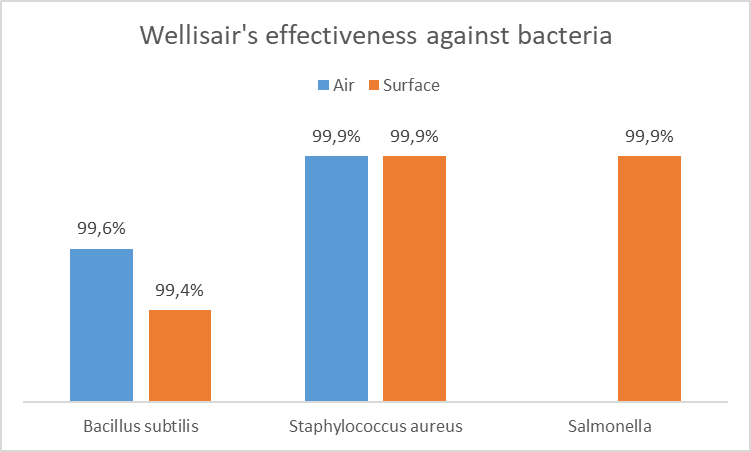 Graph 2. OH technology performance - Efficacy rate for reducing the virus in different environments. Results obtained from some of the laboratory tests.
Graph 2. OH technology performance - Efficacy rate for reducing the virus in different environments. Results obtained from some of the laboratory tests.
OH technology is perfect for eliminating bacteria and viruses in order to avoid contagion between people or animals. This makes it particularly beneficial for using in any rooms within the health sector, animal centres, schools, public transport or locations with a high concentrations of people.
- Air Quality: Reduction of Volatile Organic Compounds (VOCs) and Atmospheric Particles (PM):
Apart from microorganisms, there are several other types of compounds that can be found in the air which cause serious pathologies and/or act as allergens for a large proportion of the population. Purifier carries out a series of reactions in order to oxidize VOCs and PM, converting them into harmless compounds.

Several tests carried out on Formaldehydes (VOC) and PM1, PM2.5 and PM10 particles show their almost total disappearance after just half an hour of exposure.
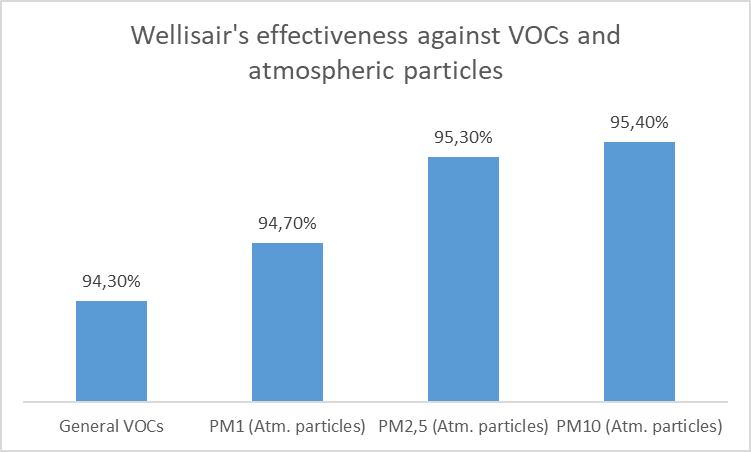 Graph 3. OH technology performance - Efficacy in reducing different air pollutants. Laboratory test results.
Graph 3. OH technology performance - Efficacy in reducing different air pollutants. Laboratory test results.
This feature makes OH technology ideal for installation in food industries, food storage, laboratories, public transport, or any other places where such compounds or atmospheric particles are usually generated.
- Air Quality: Odour Reduction (VOCs):
VOCs are partially formulated using Formaldehydes, Ammonia and Toluenes, which are responsible for an unpleasant odour which is released when they transform from a liquid (or solid) state to a gas.
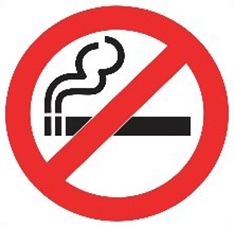
Since maintaining a toxin-free, pleasant and odourless environment is very important when dealing with public places (administration, gyms, etc.), vets, farms, public transport or offices, OH technology has been tested on all of these compounds, with results showing a 80-99% reduction within just a few hours of exposure to these advanced oxidative reactions.
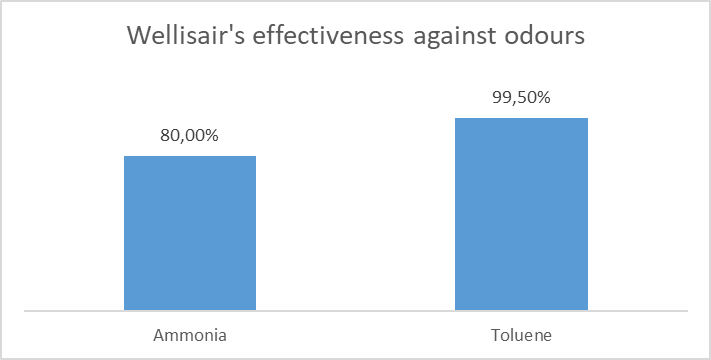 Graph 4. OH technology performance - Odour elimination rate for different toxins. Results obtained from some of the laboratory tests.
Graph 4. OH technology performance - Odour elimination rate for different toxins. Results obtained from some of the laboratory tests.
It should be noted that the purifier based on OH technology can be used in all sectors and although certain functionalities are more useful in certain sectors, the device is most effective when combining all four functionalities.
